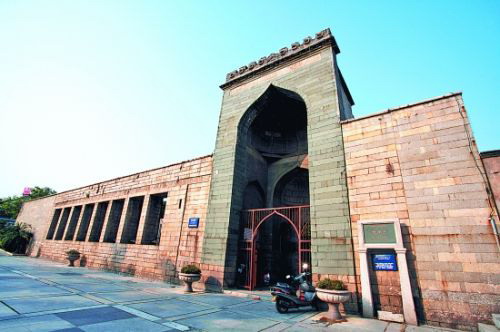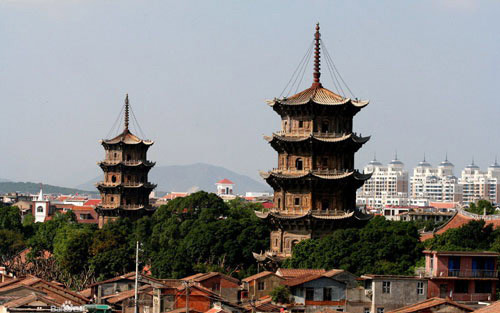
The Qingjing Temple is the earliest and oldest Islamic temple in the Arabic architectural style in our country. The temple has a more 1,000-year history. It survived the catastrophic earthquake in 1607 and left uncoveredsince then. Because of its majestic architecture, this has also served as a popular landmark in the province. For people who visit this destination for holidays or vacation, the Qingjing Temple is a must-see.

The Kaiyuan Temple is a national key safekeeping cultural relic and a national 4A grade tourist spot in the first batch published by the central government. It lies on the West Street. Construction began in the second year of Chuigong in the reign of Empress Wuzetian of the Tang dynasty (686 A.D.) and originally named “The Lotus Temple”. In the 26th year of Kaiyuan (738A.D) Emperor Xuanzong decreed that every prefecture in the whole country build a Kaiyuan Temple - that’s how the temple got its present name. The temple covers an area of 78,000-square-meters and is grand in scale. The major structures in it are the Great Buddhist Hall, the Sweet Dew Altar of Precepts and the Twin Pagodas. The Twin Pagodas (the East and West Pagodas) stand on the ground of both sides of the praying yard, at a distance of 200 meters. The East Pagoda, also called “Zhenguo Pagoda”, is 48.24 meters high; the West pagoda, also called “Renshou Pagoda”, is 44.06m high. The Twin Pagodas are gems of ancient Chinese stone architecture and have become a landmark of the historic city Quanzhou.
